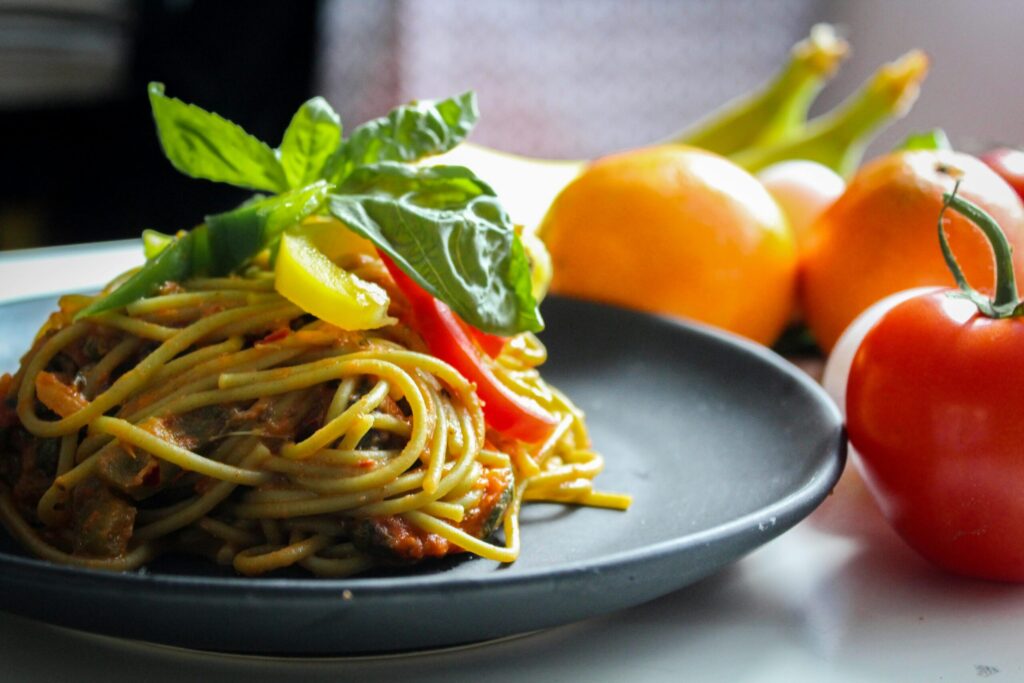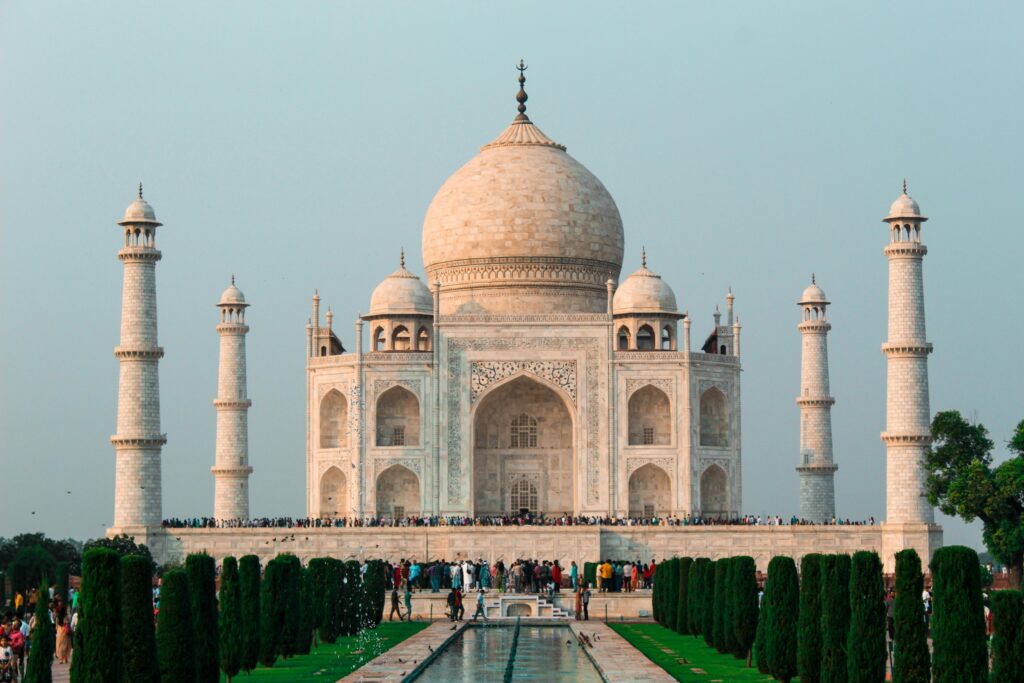Culinary traditions are not just recipes but living traditions handed down through generations, linking individuals to their culture, heritage, and identity. Each dish is a tale in itself, mirroring the history, geography, and values of the cooks and consumers who cook and consume it. From the spices of India to the pasta of Italy, culinary traditions are an interwoven thread in the brocade of every culture.
A Reflection of Culture and History
Food has always been strongly linked to culture. Traditional food is typically created from the history, resources, and climate of an area. For instance, Middle Eastern cuisine such as hummus and falafel started millennia ago with the availability of ingredients and trade routes such as chickpeas and olive oil. In the same way, the consumption of fermented foods in East Asian cuisine is indicative of centuries-old preservation practices.
Colonialism, emigration, and globalization have also reached food habits. The tomatoes used in Italian cuisine, say, were not added until the vegetable was introduced to the nation from the New World. Similarly, Creole and Cajun cuisine established in Louisiana resulted from African, French, and Spanish fusion.
Rituals and Celebrations
Food habits are commonly central to cultural and religious festivals. Holiday and celebratory foods are reserved for special times in all cultures, and in thes, they bring occasion and meaning to the dish. In India, sweets such as laddoos and gulab jamun are unavoidable during Diwali. During Christmas in Mexico, tamales are part of the obligatory fare. Traditional foods are not only used for sustenance but to unite families and strengthen community ties too.
Food is also a central aspect in passage ceremonies like weddings, births, and funerals. The preparation and presentation of specific foods during these rituals create enduring memories and pay respect to the ancestors’ traditions.
Passing Down the Knowledge
One of the most beautiful things about food traditions is how they are passed down. Grandparents teach grandchildren how to knead dough, marinate meat, or wrap dumplings. Recipes are not only held in books but also in motion, in smell, and in tales. Cooking, thus, becomes an act of love and memory.
With the increased trend of fast foods and processed dinners in today’s modern world, more and more traditional methods of cooking are on the verge of extinction. But a global trend toward cultural heritage and slow food is making people return to their roots cooking. From farm-to-table restaurants and cooking shows on television to food blogs, people are returning to the foods of yesteryear.
A Bridge Across Cultures
Food customs offer a common ground across cultures. Sharing bread leads to the doorway of learning about others’ pasts and where they are from. A Japanese sushi roll, an Ethiopian injera, or a Moroccan tagine—all offer a glimpse into the way of life and values of the given culture. Thus, food creates empathy and harmony in a multicultural society.
In short, food traditions aren’t so much about what we eat but about who we are. They communicate where we come from, what we believe in, and how we treat one another. Maintaining these traditions and honoring them gives generations to come the means to continue enjoying not only the flavor but also the significance behind each bite.



